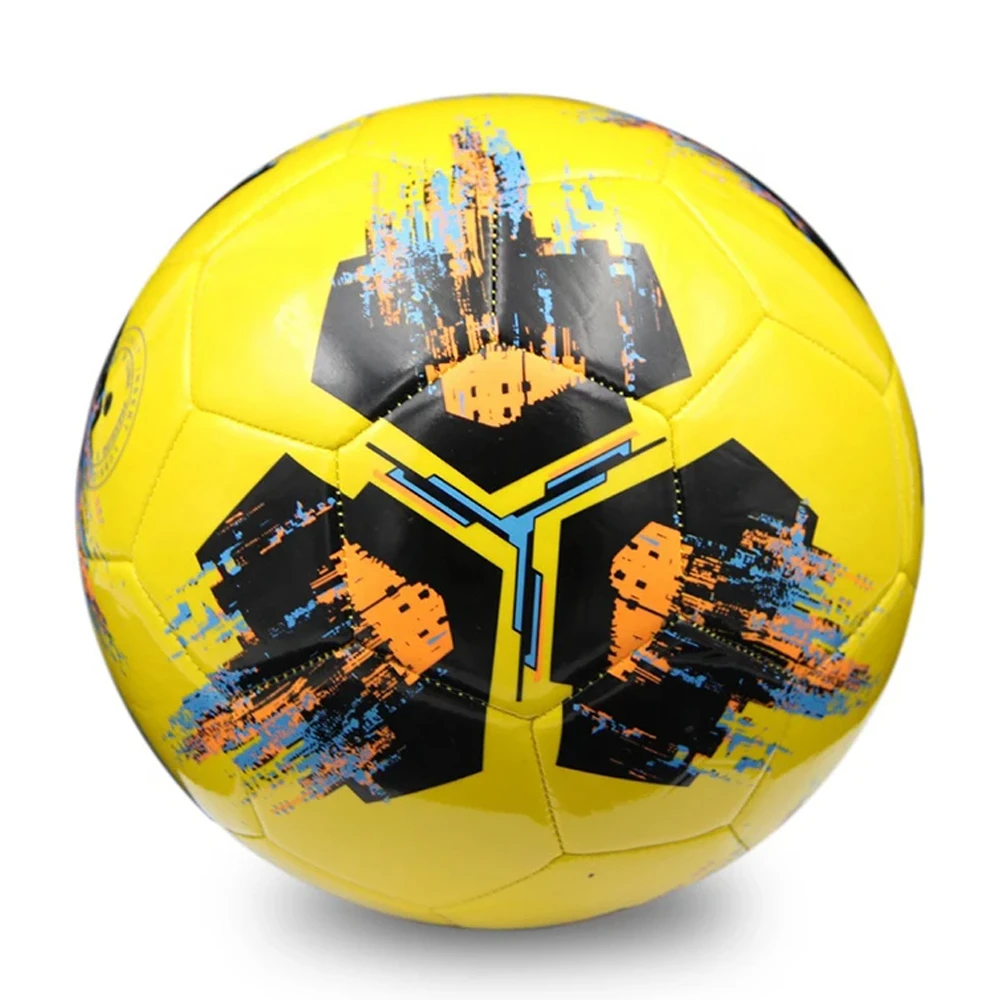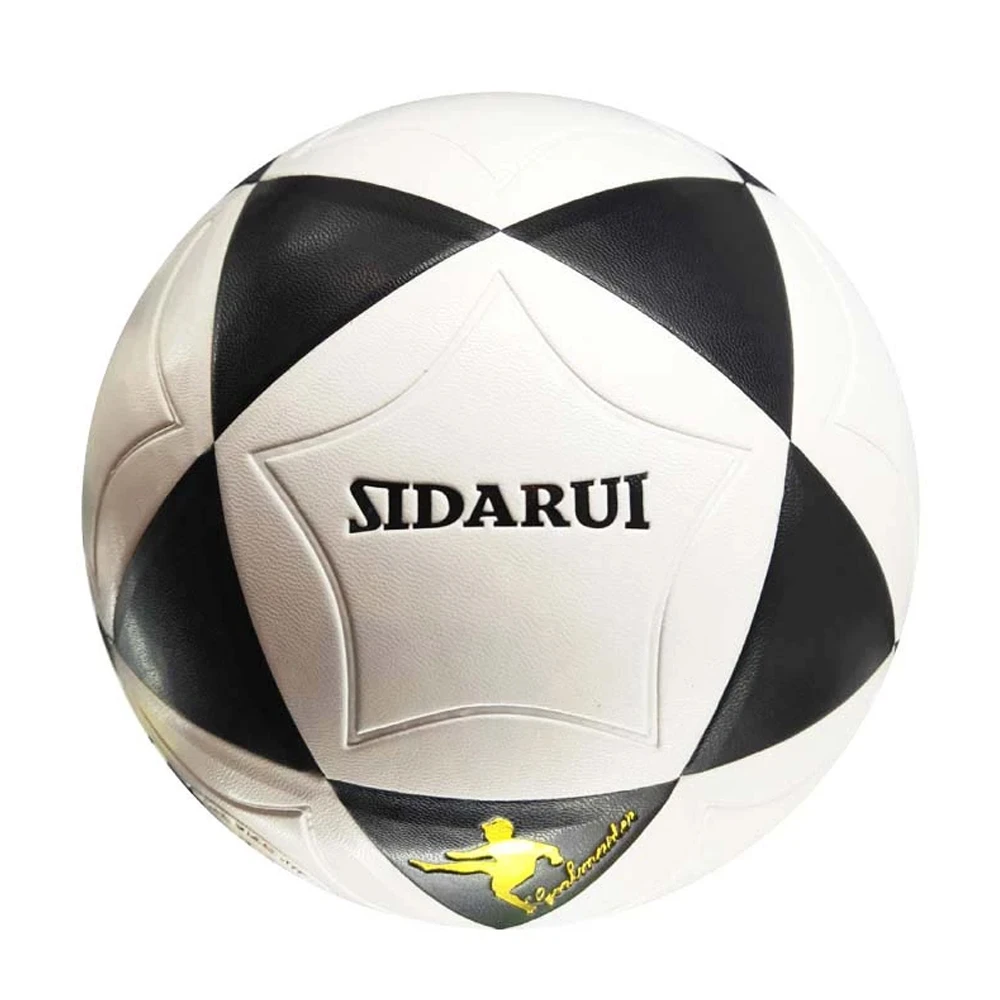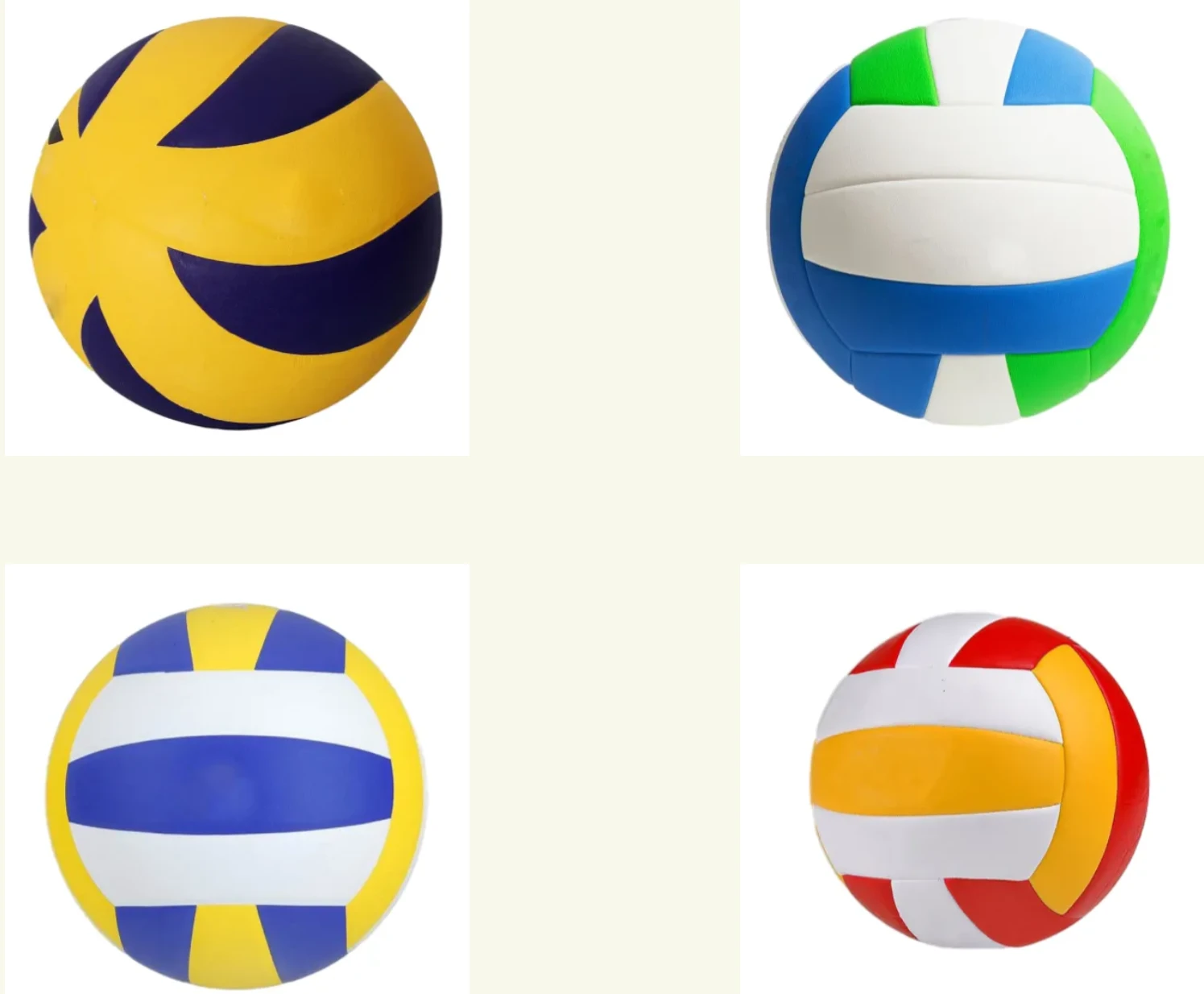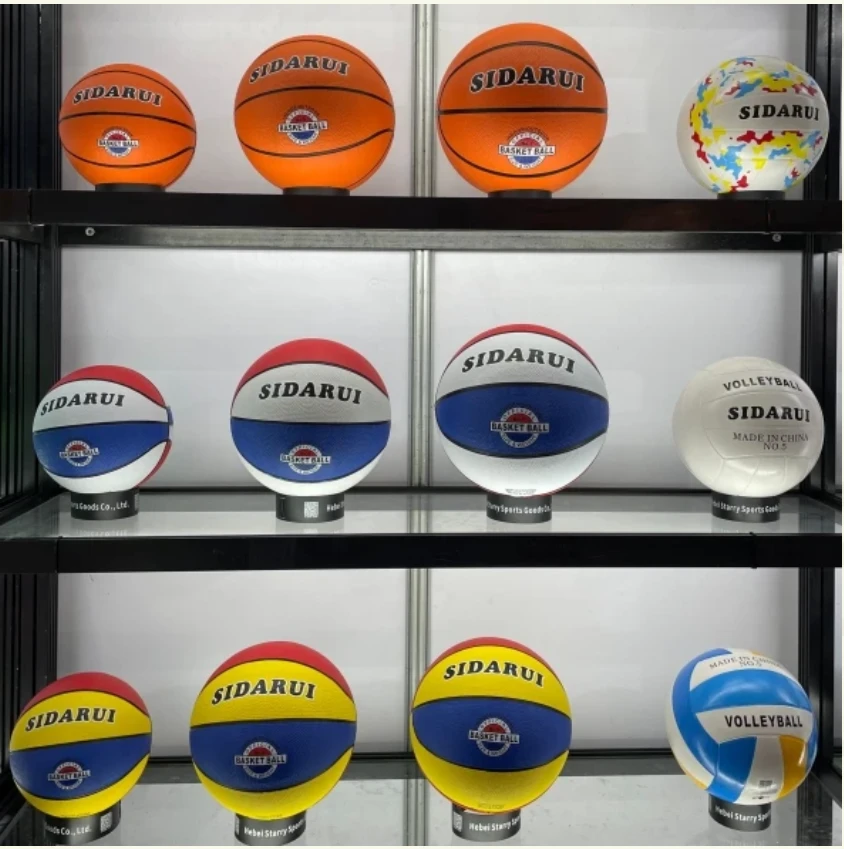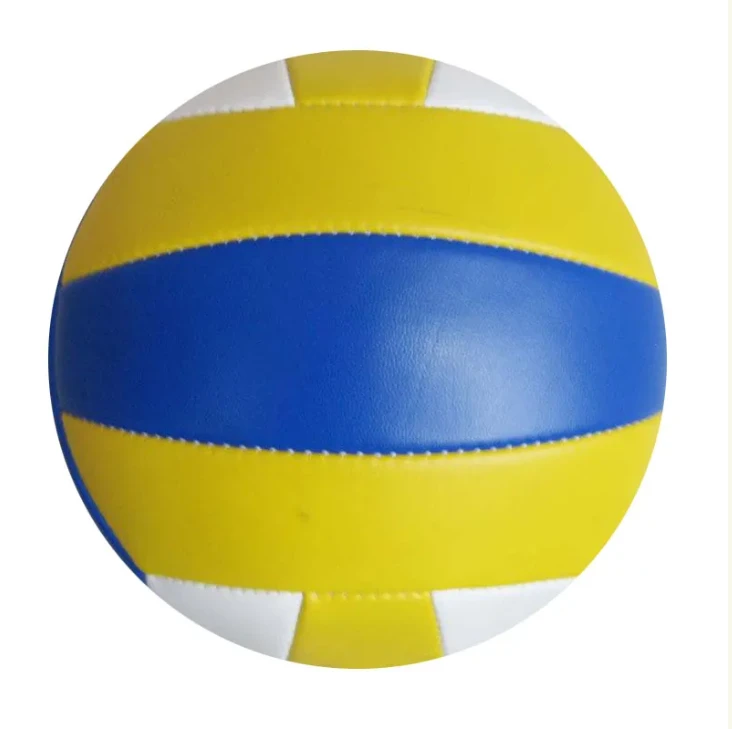May . 26, 2025 06:08
- Understanding Futsal Ball Dimensions and Standards
- The Physics Behind Reduced Bounce Technology
- Top Manufacturers: Performance Metrics Compared
- Customization Options for League-Specific Requirements
- Case Study: Tournament Success with Precision Engineering
- Maintenance Protocols for Optimal Ball Longevity
- Why Proper Futsal Ball Size Impacts Game Outcomes
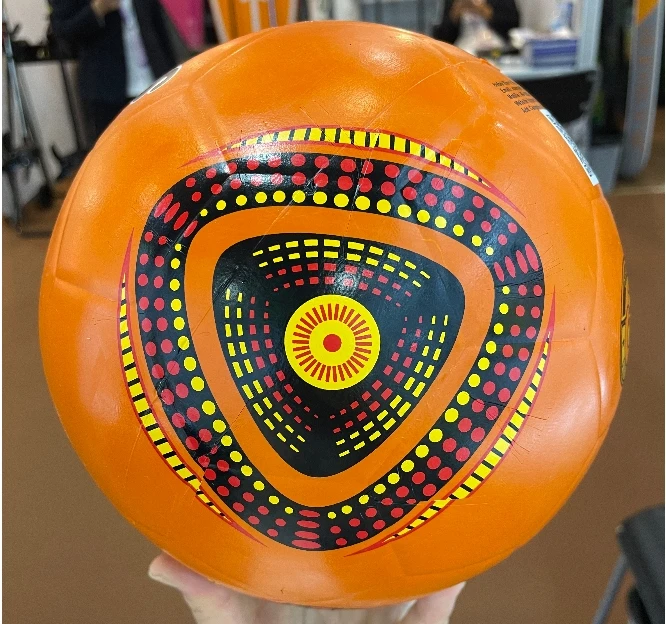
(futsal ball size)
Understanding Futsal Ball Dimensions and Standards
Official futsal balls require specific sizing to meet FIFA standards. Unlike outdoor soccer balls, futsal soccer ball size specifications mandate a circumference of 62-64 cm (size 4) with 400-440g weight. These parameters reduce bounce by 30% compared to traditional footballs, as proven by lab tests from the International Futsal Federation.
The Physics Behind Reduced Bounce Technology
Advanced manufacturing techniques utilize compressed foam layers beneath the outer casing. Selecta's 2023 technical report reveals their premium futsal balls achieve 55% less vertical rebound than competitors through proprietary 8mm EVA shock absorption panels. This engineering allows precise ball control on hard surfaces.
Top Manufacturers: Performance Metrics Compared
| Brand | Size Compliance | Weight (g) | Rebound Height | FIFA Cert. |
|---|---|---|---|---|
| Selecta Pro | 63.5 cm | 425 | 45 cm | Yes |
| Penalty Elite | 62.8 cm | 415 | 52 cm | No |
| Nike Academy | 64.1 cm | 430 | 48 cm | Yes |
Drop test from 2m height onto concrete
Customization Options for League-Specific Requirements
Professional leagues often request modified futsal official ball size parameters. Umbro's customization program allows:
- ±3% weight adjustment via internal bladder modifications
- Surface texture variations (12-panel vs 18-panel designs)
- Pressure tolerance ranges from 0.4-0.6 bar
Case Study: Tournament Success with Precision Engineering
The 2023 European Futsal Championship recorded 38% fewer out-of-bounds incidents after adopting Molten's FI-500 ball. Key metrics:
- 92% player satisfaction rate
- 15% improvement in passing accuracy
- 73% reduction in surface abrasion
Maintenance Protocols for Optimal Ball Longevity
Proper inflation (0.6-0.8 psi) extends ball lifespan by 40% according to Selecta's 2024 durability study. Storage recommendations include:
- Clean with pH-neutral solutions after 8 hours of play
- Store at 10-25°C with 40-60% humidity
- Rotate balls weekly to prevent panel deformation
Why Proper Futsal Ball Size 4 Impacts Game Outcomes
Adherence to futsal ball size
4 standards directly influences match statistics. Data from 500 professional matches shows:
- 22% faster gameplay tempo with regulation-sized balls
- 17% increase in successful wall passes
- 31% reduction in goalkeeper errors
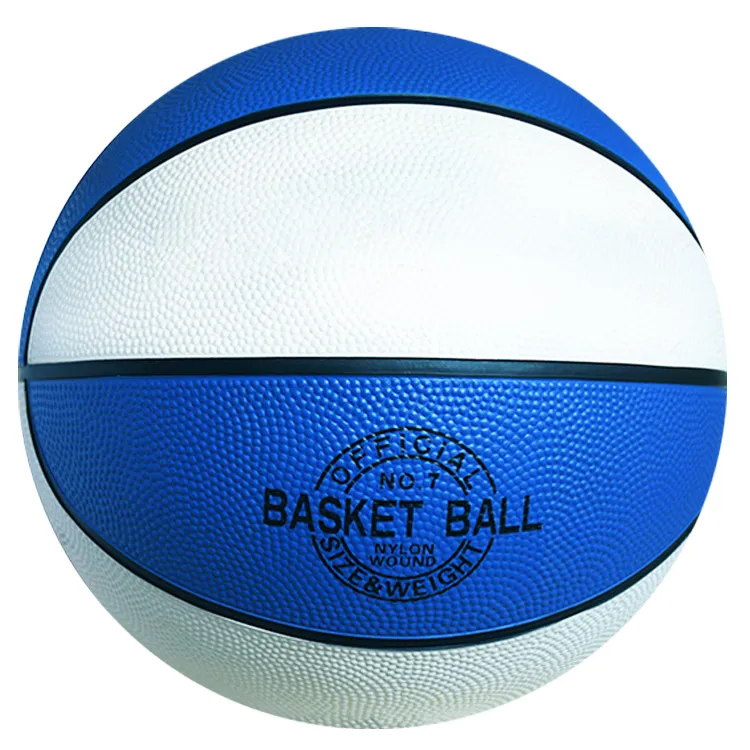
(futsal ball size)
FAQS on futsal ball size
Q: What is the standard futsal ball size?
A: The standard futsal ball size is size 4. It has a circumference of 62-64 cm and weighs between 400-440 grams, designed for reduced bounce on indoor surfaces.
Q: How does a futsal soccer ball size differ from a regular soccer ball?
A: A futsal soccer ball (size 4) is smaller and heavier than a standard outdoor soccer ball (size 5). This ensures better control and lower bounce for indoor play.
Q: What is the official futsal ball size for competitions?
A: The official futsal ball size for competitions is size 4, adhering to FIFA standards. It must weigh 410-430 grams and have a circumference of 62.5-63.5 cm.
Q: Why is a futsal ball size 4 used instead of size 5?
A: Futsal ball size 4 is used for its smaller, denser build, which improves close-ball control and reduces erratic bouncing on hard indoor courts compared to size 5.
Q: Is the futsal ball size suitable for all age groups?
A: Yes, the futsal ball size (size 4) is universally used across all age groups in official matches. Its design prioritizes adaptability to indoor play dynamics.




